Table of Contents
Nestled amidst the verdant landscapes of Southern Vietnam, the Cu Chi Tunnels Firing Range stands as a stark reminder of the complexities and horrors of the Vietnam War. This firing range, located in the Cu Chi District of Ho Chi Minh City, bears witness to some of the most intense and brutal fighting that took place during the conflict. Beyond its historical significance, the Cu Chi Tunnels Firing Range has also become a site of controversy and debate, raising questions about the ethics of preserving and promoting a place associated with such suffering and loss.
History of the Cu Chi Tunnels Firing Range
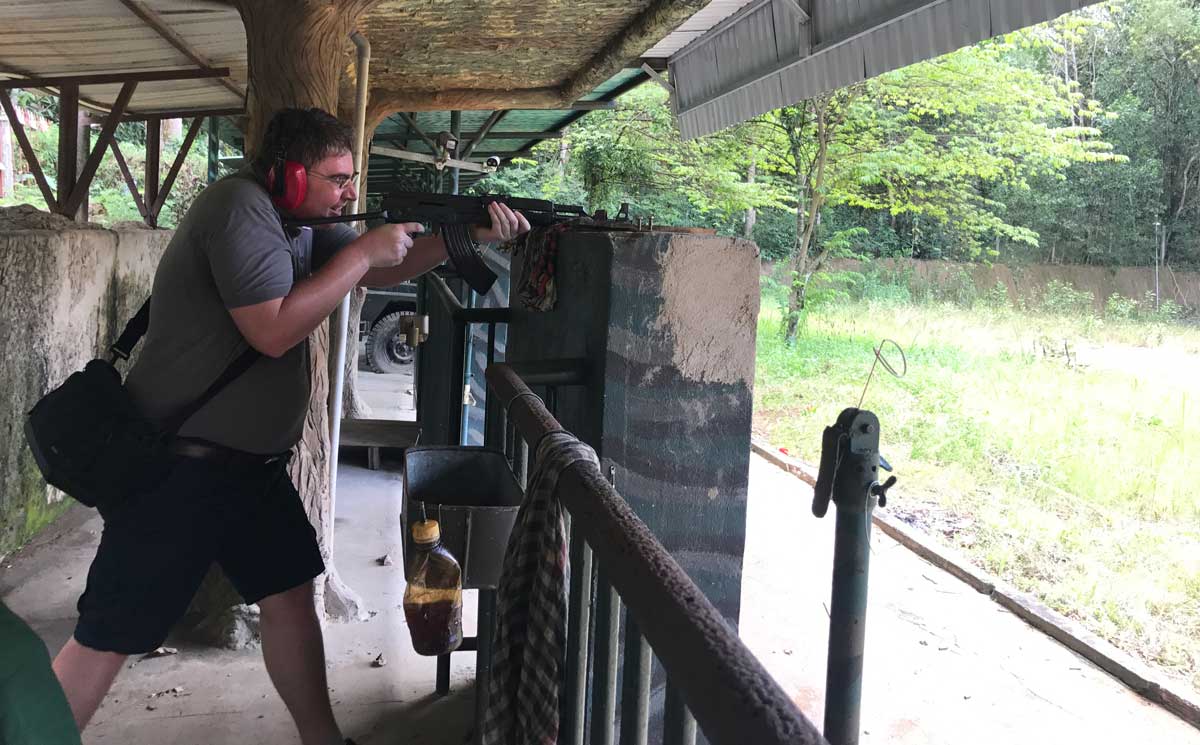
The origins of the Cu Chi Tunnels Firing Range can be traced back to the early stages of the Vietnam War. In the 1960s, as the conflict escalated, the Viet Cong guerrillas, fighting against the South Vietnamese and American forces, constructed an intricate network of tunnels and underground bunkers in the Cu Chi area. These tunnels served as a vital refuge for the guerrillas, allowing them to evade detection, launch surprise attacks, and transport supplies and personnel.
In response to the growing threat posed by the tunnels, the American military sought ways to neutralize their effectiveness. In 1966, they established the Cu Chi Tunnels Firing Range, a dedicated facility designed to train troops in the art of fighting in the tunnels. The firing range was strategically located near the entrance of the Cu Chi tunnel complex, providing soldiers with a realistic training ground to simulate combat situations.
Location and Layout of Cu Chi Tunnels Firing Range
The Cu Chi Tunnels Firing Range covers an area of approximately 10 acres and is situated about 40 kilometers northwest of Ho Chi Minh City. It is easily accessible by road and is a popular tourist attraction for those interested in learning about the Vietnam War.
The firing range is divided into two main sections – the above-ground training area and the underground tunnel system. The above-ground area consists of a series of trenches, bunkers, and obstacles designed to simulate the terrain and conditions of the Cu Chi tunnels. The underground tunnel system, on the other hand, consists of a network of narrow, dark, and cramped tunnels that soldiers must navigate through using only a flashlight and their wits.
Purpose and Function of Cu Chi Tunnels Firing Range
The primary purpose of the Cu Chi Tunnels Firing Range was to train American soldiers in the tactics and techniques needed to combat the Viet Cong guerrillas in the tunnels. Soldiers were taught how to move quickly and quietly through the tunnels, set up ambushes, and use weapons such as rifles, grenades, and flamethrowers in close quarters combat.
Apart from training soldiers, the firing range also served as a testing ground for new weapons and tactics. The American military used the facility to experiment with different types of explosives and chemical agents, including napalm and Agent Orange, which were later used extensively during the war.
Weapons and Tactics Used at Cu Chi Tunnels Firing Range

The Cu Chi Tunnels Firing Range was equipped with a variety of weapons and equipment to prepare soldiers for the challenges of fighting in the tunnels. These included M16 rifles, M79 grenade launchers, and M60 machine guns. Soldiers were also trained in the use of hand grenades, smoke grenades, and Claymore mines.
One of the most significant challenges faced by soldiers at the firing range was the limited visibility and confined spaces of the tunnels. To overcome this, they were trained in specialized tactics such as “tunnel ratting,” where small teams of soldiers would enter the tunnels armed with only a flashlight and a pistol to search for enemy fighters and booby traps.
Impact of Cu Chi Tunnels Firing Range on the Vietnam War

The Cu Chi Tunnels Firing Range played a crucial role in the Vietnam War, both in terms of training soldiers and developing new weapons and tactics. However, its impact extended beyond the battlefield and had significant consequences for the local population and the environment.
The extensive use of chemical agents such as Agent Orange at the firing range has been linked to numerous health issues among soldiers who trained there and the surrounding communities. The long-term effects of these chemicals are still being felt today, with many Vietnamese citizens suffering from illnesses and birth defects.
Furthermore, the constant bombing and destruction caused by the firing range also had a devastating impact on the natural environment. The lush forests and farmlands that once covered the area were destroyed, leaving behind a barren landscape that is still struggling to recover.
Tourism and Preservation of Cu Chi Tunnels Firing Range

In recent years, the Cu Chi Tunnels Firing Range has become a popular tourist destination, attracting visitors from all over the world who come to learn about the history of the Vietnam War. The site has been preserved and developed into a museum, with guided tours and demonstrations of weapons and tactics used during the conflict.
While tourism has brought economic benefits to the local community, it has also raised concerns about the preservation and commercialization of a place associated with so much suffering and loss. Some argue that turning the firing range into a tourist attraction trivializes the horrors of war and exploits the memory of those who lost their lives.
Controversies Surrounding Cu Chi Tunnels Firing Range
The Cu Chi Tunnels Firing Range has been at the center of several controversies since its establishment. One of the most contentious issues is the use of live ammunition during demonstrations for tourists. Critics argue that this practice is insensitive and disrespectful to the victims of the war and promotes a culture of violence.
There have also been debates about the authenticity of the firing range, with some claiming that it has been heavily modified and reconstructed for tourism purposes. This raises questions about the accuracy of the information presented to visitors and the preservation of the site’s historical integrity.
Surviving Structures at Cu Chi Tunnels Firing Range
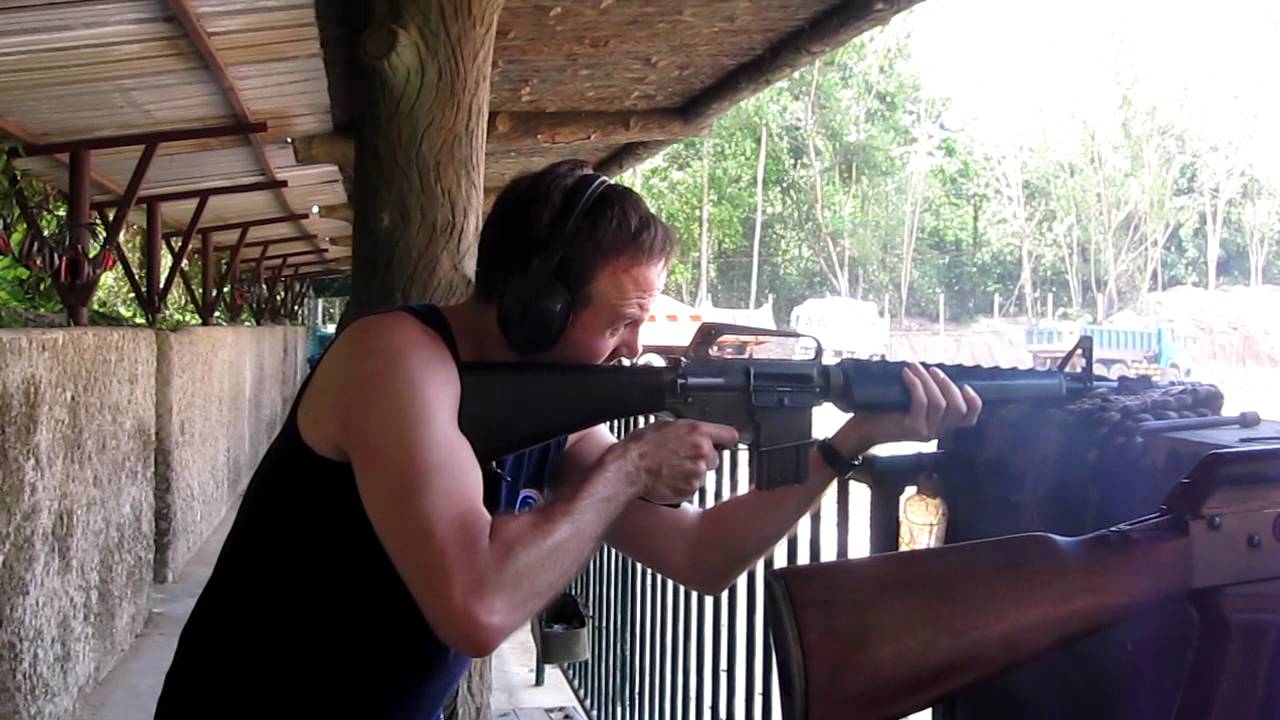
Despite being heavily bombed and damaged during the war, several structures at the Cu Chi Tunnels Firing Range have survived and can still be seen today. These include the original entrance to the tunnel complex, a command center, and a field hospital. These structures serve as a poignant reminder of the human cost of war and the resilience of those who fought and lived in the tunnels.
Personal Accounts from Cu Chi Tunnels Firing Range
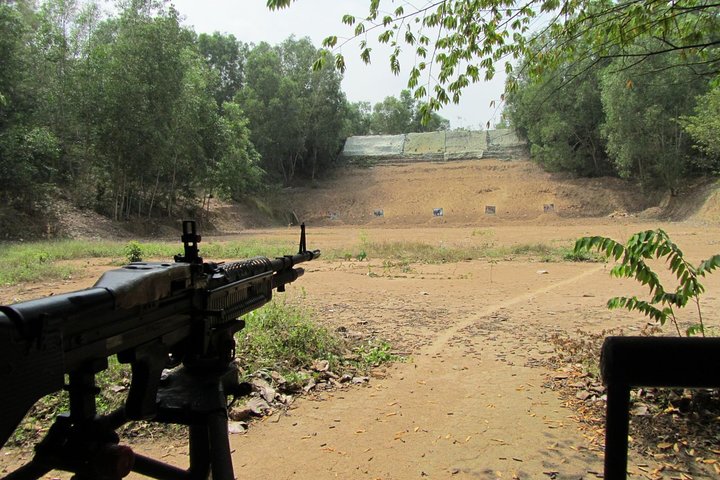
One of the most powerful ways to understand the impact of the Cu Chi Tunnels Firing Range is through personal accounts from those who experienced it firsthand. Many soldiers who trained at the firing range have shared their stories, providing insights into the physical and psychological challenges they faced while fighting in the tunnels.
One such account is from Sergeant Ronald Haeberle, a photographer who documented the training at the firing range. He described the experience as “claustrophobic” and “terrifying,” highlighting the difficulties of navigating through the dark and cramped tunnels.
Future of Cu Chi Tunnels Firing Range
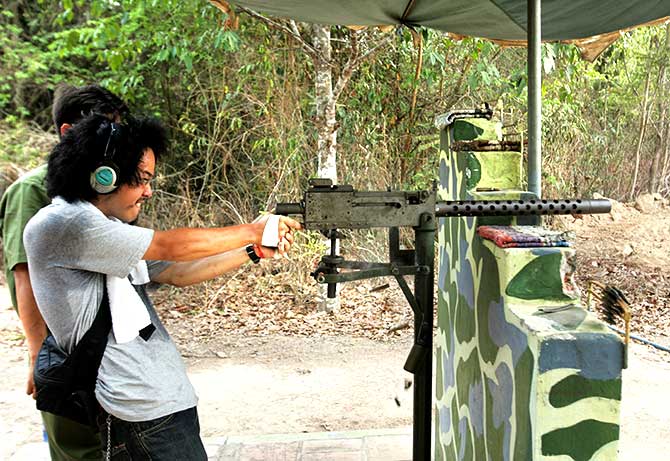
As Vietnam continues to develop and modernize, the future of the Cu Chi Tunnels Firing Range remains uncertain. While efforts have been made to preserve and promote the site as a historical landmark, there are concerns about its sustainability and the impact of tourism on the surrounding community and environment.
However, the Cu Chi Tunnels Firing Range will always hold a significant place in history, serving as a testament to the bravery and sacrifice of those who fought in the Vietnam War.
Video
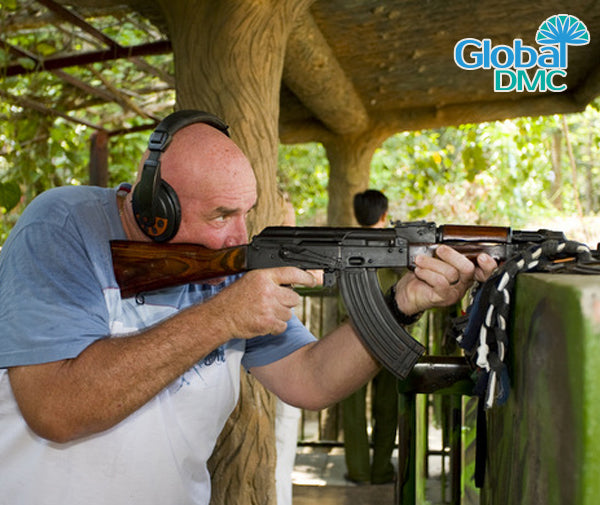
Conclusion
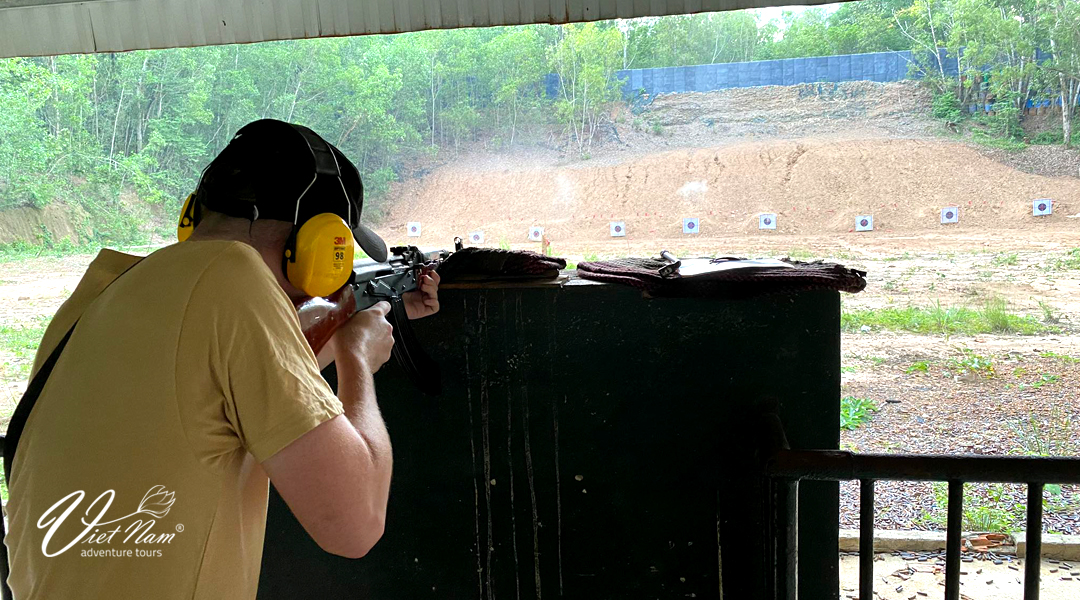
The Cu Chi Tunnels Firing Range is a complex and controversial site that holds both historical and ethical significance. It serves as a reminder of the horrors of war and the resilience of the human spirit. As we continue to explore and learn from this place, it is essential to remember the lessons of the past and strive for a more peaceful future.